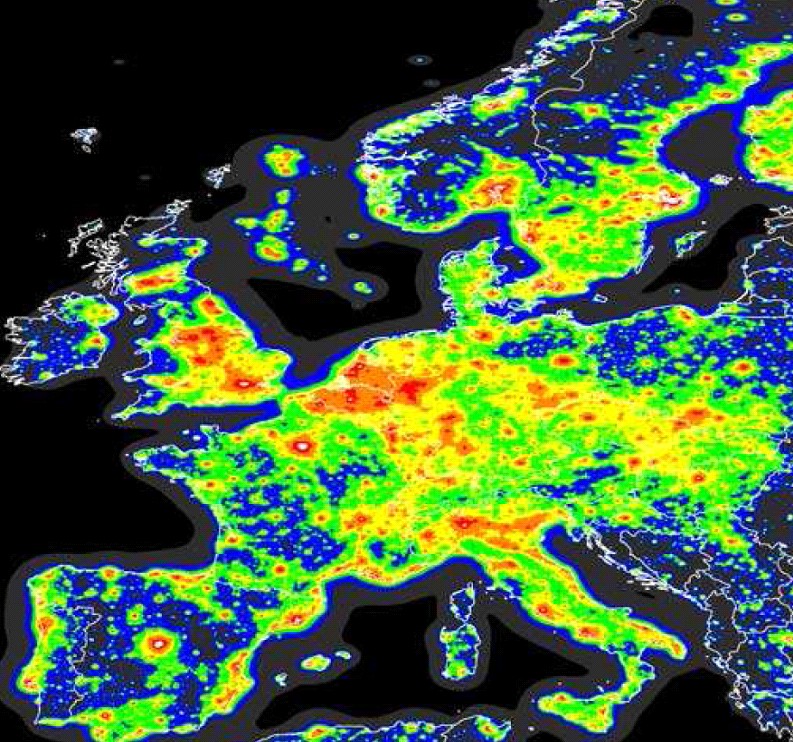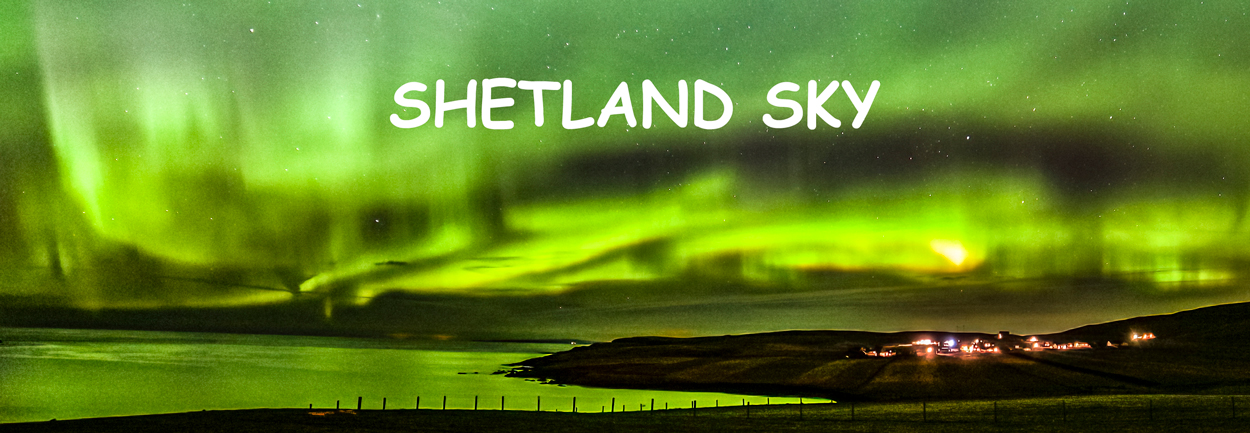The darker the sky the faintest object become clearer, even to the naked eye. But even in our light polluted cities the larger planets can be picked out such as the Moon, Jupiter, Saturn and Mars. The Moon even becomes a problem as it very bright when it is a full Moon, when moonlight enters our sky is gives a pale blue light that washes away all the faintest objects, so it is better to observe before the moon rises or better still when it is during a new Moon.
Full Moon photographed from Levenswick
Some councils , including Sheffield are becoming increasingly aware of the problem with light pollution and installing better `white lighting' pointing downward which minimises the amount of light spilling upward. Only one tenth of the UK has dark skies (CPRE) and you have to go back to the 1950's to when most people could see the Milky Way. As it stands the UK has no national law in place to stop light pollution, unlike the Czech republic which passed a law in 2002, this was quickly followed by Slovenia . Dark Sky legislation is in force in several regions of Italy and the US.
Just outside Sheffield , at the Surprise view in Derbyshire this has been classified as a Dark Sky Discovery site. This means that it is away from the worst of the light pollution, provide a good skyline and have good public access. Analysis of light pollution in Derbyshire between 2004-2009 found that areas of the National Park unaffected by Light Pollution dropped from 9% to 3%
Night time in Lerwick
From the CPRE map you can see that Shetland is a Dark Sky area , the only light pollution of note coming from the Oil Rigs etc in the North Sea of the East coast. Keeping away from Lerwick, Scalloway, Sandwick and Voe will increase your chances of a superb nights viewing

Air turbulence is another problem when trying to photograph or to view at high magnification through a telescope.You all know the effect heat haze has, if the sun has been beating down on a concrete yard it will hold the heat the release it slowly as night comes along. But the air above is heated an creates a whirlpool situation. That's why it is better to pick a shaded spot to observe from. Also as heat rises from a house it is best to avoid viewing from inside. Likewise it is better to bring the equipment outside and allowed to cool down before starting o observe or photograph.
The Antoniedi scale can be used to classify viewing conditions fore the Moon and other planets. One is the best, being perfect without quiver, while 5 is the worst with serve undulations that don't allow features to be made out clearly
A cloudy sky will make it impossible to view or take photos, but a hazy sky heavy with water droplets will also make it difficult. A halo around the Moon indicates that atmospheric conditions are poor.



No comments:
Post a Comment